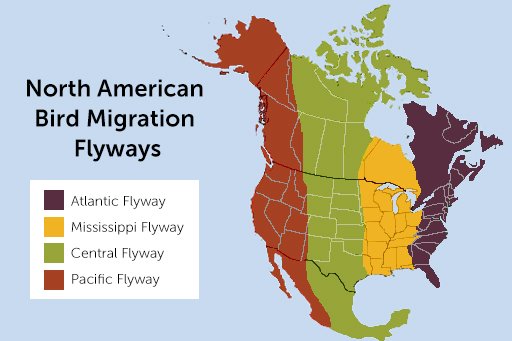Have you ever had a shimmer of light reflecting off a bright surface and momentarily distracting your eyes? This is a commonality for birds in urban environments. Glass windows are a danger to bird communities globally with their reflective, transparent surfaces.
What is happening?
Urban areas are rapidly growing in length and height, spreading the boundaries further into suburbs and expanding the height of the tallest buildings. Urbanization has consequences for wildlife, and birds are hit hard, fast, and lethally.
As cities grow, the prevalence of windows also increases, presenting a significant danger. Birds can’t see the glass itself—only the reflections of the landscape or sky behind it. Compounding the issue, artificial lights attract and disorient birds, making it difficult for them to navigate safely.
Why it matters
Window strikes are the number one direct impact humans have on bird populations. In the US alone, over one billion birds collide with glass in a single year. While buildings under four stories cause the most fatalities, any glass structure is hazardous because birds can’t naturally detect glass unless it’s modified.

Though reflective glass surfaces are dangerous all year, the risk intensifies during migration. Birds make two major migrations annually: heading to breeding grounds in spring and wintering grounds in fall. These journeys are already demanding, and reflective surfaces add further risk, making navigation even harder. Migratory birds often travel long distances at night and seek food, shelter, and water during the day. Artificial lights at night exacerbate this issue by reflecting off glass surfaces, confusing birds that use natural light sources for orientation. To help counterattack window strikes during migration, you can use the official birdcast map to see when birds migrate through your area.
What you can do
There are effective ways to reduce window collisions at both individual and community levels. Community-wide change starts with individual actions. Here are a few ways you can help:
- Join or promote “Lights Out” programs
- Create bird-safe windows at home
- Implement strategies to prevent collisions on your property
On a broader scale, there are communities dedicated to protecting birds from window strikes. Here’s how to get involved:
- Partner with universities to create monitoring programs
- Advocate for retrofitting buildings with bird-friendly materials
- Support local and national legislation to protect birds
If you encounter a bird that’s been injured by a window collision, consult resources like the Cornell Lab of Ornithology to learn how to help. Every small action can contribute to a safer environment for birds.
Information from All About Birds, ABC Birds, UF IFAS, FWS, and Audubon Society. Image from Levi Hoskins (PhD student – University of Florida) and map by ABC (American Bird Conservancy).